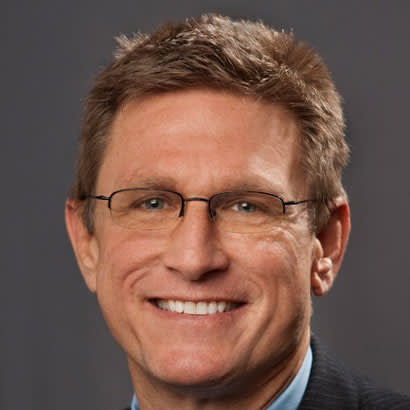
For an enhanced digital experience, read this story in the ezine.
What do we stand for? NRPA’s Pillars of Health and Wellness and Conservation often are interpreted as “what we do,” while Equity is the heart of “what we stand for.” Equity drove the park and recreation profession’s efforts to improve individual and societal health in urban areas during the Industrial Revolution with the idea that all people — no matter the color of their skin, age, income level or ability — should have access to parks and programs that make their lives and communities great places to live, work and play.
In addition to building and preserving great parks and public spaces, we demonstrate our commitment to equity as conveners, catalysts, stewards, educators and role models who encourage understanding, acceptance and cooperation among citizens, government agencies and nonprofits. And by “we,” I mean every level of our organizations — especially our frontline staff who shoulder the vast majority of public contact.
Today, the pandemic and sweeping social justice activism dominate our lives and have become politicized in a way that shakes the park “public servant” to their core. As arbiters of the public’s emotionally charged behavior in parks, frontline staff are often forced to discern fundamental rights from entitlement, local majority sentiment from liberty and a culture that favors rugged individualism over collective conscience. Is it a peaceful protest filled with passionate rhetoric or a potential riot defying the rule of law? Does a monument promote national heritage or treasonous racism? Do face mask requirements prevent the spread of COVID-19 or threaten our liberty and constitutional rights? And, with training limited by the pandemic, is it any wonder why often ill-equipped part-time staff distance themselves from park visitors or drive the other way to avoid an ugly confrontation?
Throughout our history, parks have served as the traditional space for public protest — where acts of resistance are celebrated as a struggle for a more perfect union — and as places where our elected representatives restore balance and heal the community’s bumps and bruises. In a 1903 speech at Yellowstone National Park, Teddy Roosevelt reminded us that “we have fallen heirs to the most glorious heritage a people ever received, and each one must do his part if we wish to show the nation is worthy of its good fortune.”
As the great equalizer, parks are often referred to as the last bastion of democracy. As the stewards of public spaces, we have an obligation to protect the liberty, the unalienable right to freedom, for all people who use our facilities and programs. We are our communities’ role models, willing to have courageous conversations and confront injustice when it happens on our watch. This is not just an intention, but rather a model for action that requires empathy, understanding, and above all, leadership — especially from park staff whose daily public contact we are judged by.
As we attempt to manage our communities’ expectations, struggling to infuse intelligence and human compassion into the steaming cauldron that serves as today’s political battlefield, we must actively manage our parks, transcending party politics to speak up and determine what belongs and defend what will endure as tributes to healing and social justice, not hatred and division. If not, we risk being relegated to custodians and apologists for near-term political agendas that find permanence in our parks.
Jack Kardys is NRPA's Chair of the Board of Directors.

